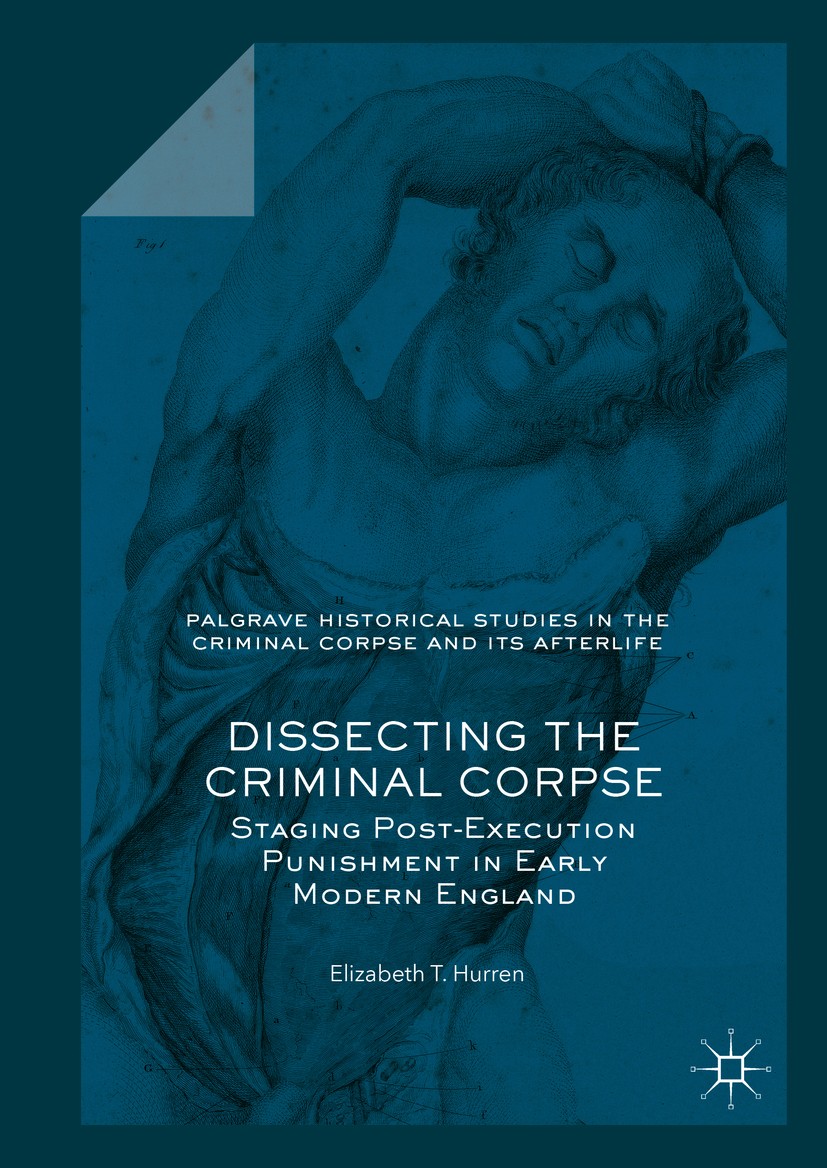| 书目名称 | Dissecting the Criminal Corpse |
| 副标题 | Staging Post-Executi |
| 编辑 | Elizabeth T. Hurren |
| 视频video | http://file.papertrans.cn/282/281615/281615.mp4 |
| 丛书名称 | Palgrave Historical Studies in the Criminal Corpse and its Afterlife |
| 图书封面 |  |
| 描述 | Those convicted of homicide were hanged on the public gallows before being dissected under the Murder Act in Georgian England. Yet, from 1752, whether criminals actually died on the hanging tree or in the dissection room remained a medical mystery in early modern society. .Dissecting the Criminal Corpse. takes issue with the historical cliché of corpses dangling from the hangman’s rope in crime studies. Some convicted murderers did survive execution in early modern England. Establishing medical death in the heart-lungs-brain was a physical enigma. Criminals had large bull-necks, strong willpowers, and hearty survival instincts. Extreme hypothermia often disguised coma in a prisoner hanged in the winter cold. The youngest and fittest were capable of reviving on the dissection table. Many died under the lancet. Capital legislation disguised a complex medical choreography that surgeons staged. They broke the Hippocratic Oath by executing the Dangerous Dead across England from 1752 until 1832. .This book is open access under a CC-BY license. . |
| 出版日期 | Book‘‘‘‘‘‘‘‘ 2016 |
| 关键词 | History of crime; Criminal corpse; Medical humanities; Criminal punishment; Social history |
| 版次 | 1 |
| doi | https://doi.org/10.1057/978-1-137-58249-2 |
| isbn_ebook | 978-1-137-58249-2Series ISSN 2947-6348 Series E-ISSN 2947-6356 |
| issn_series | 2947-6348 |
| copyright | The Editor(s) (if applicable) and the Author(s) 2016 |
 |Archiver|手机版|小黑屋|
派博传思国际
( 京公网安备110108008328)
GMT+8, 2025-11-9 04:22
|Archiver|手机版|小黑屋|
派博传思国际
( 京公网安备110108008328)
GMT+8, 2025-11-9 04:22


